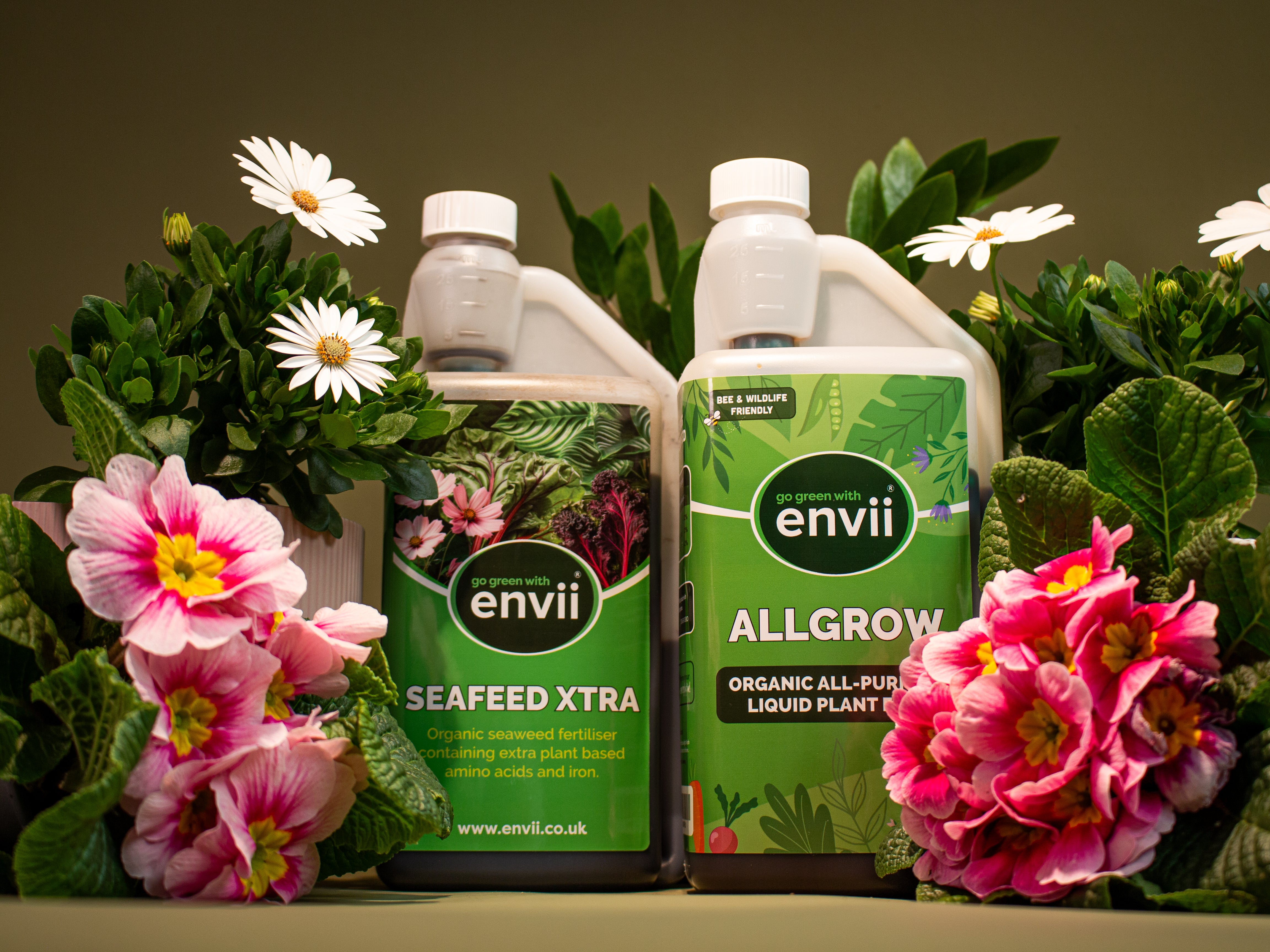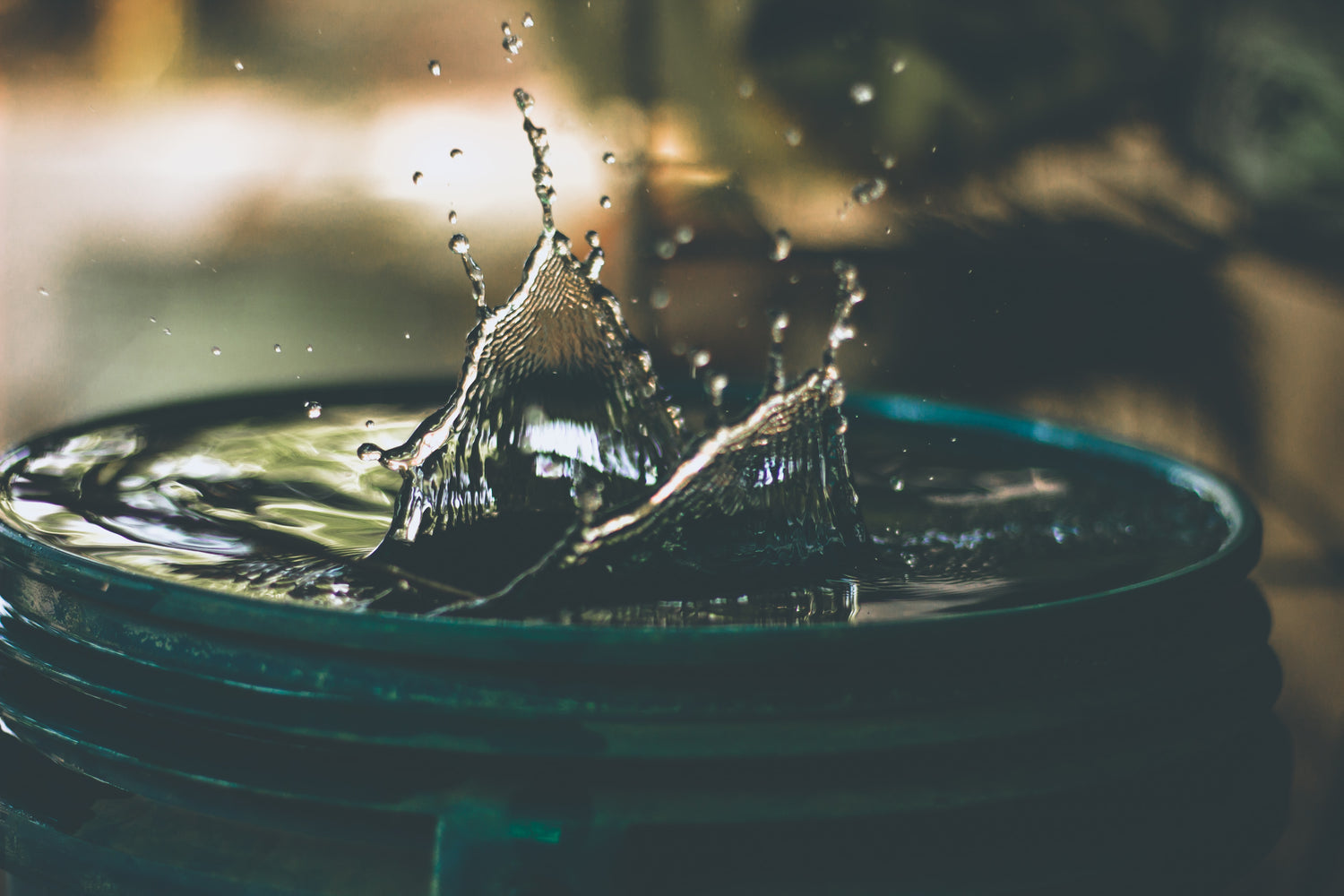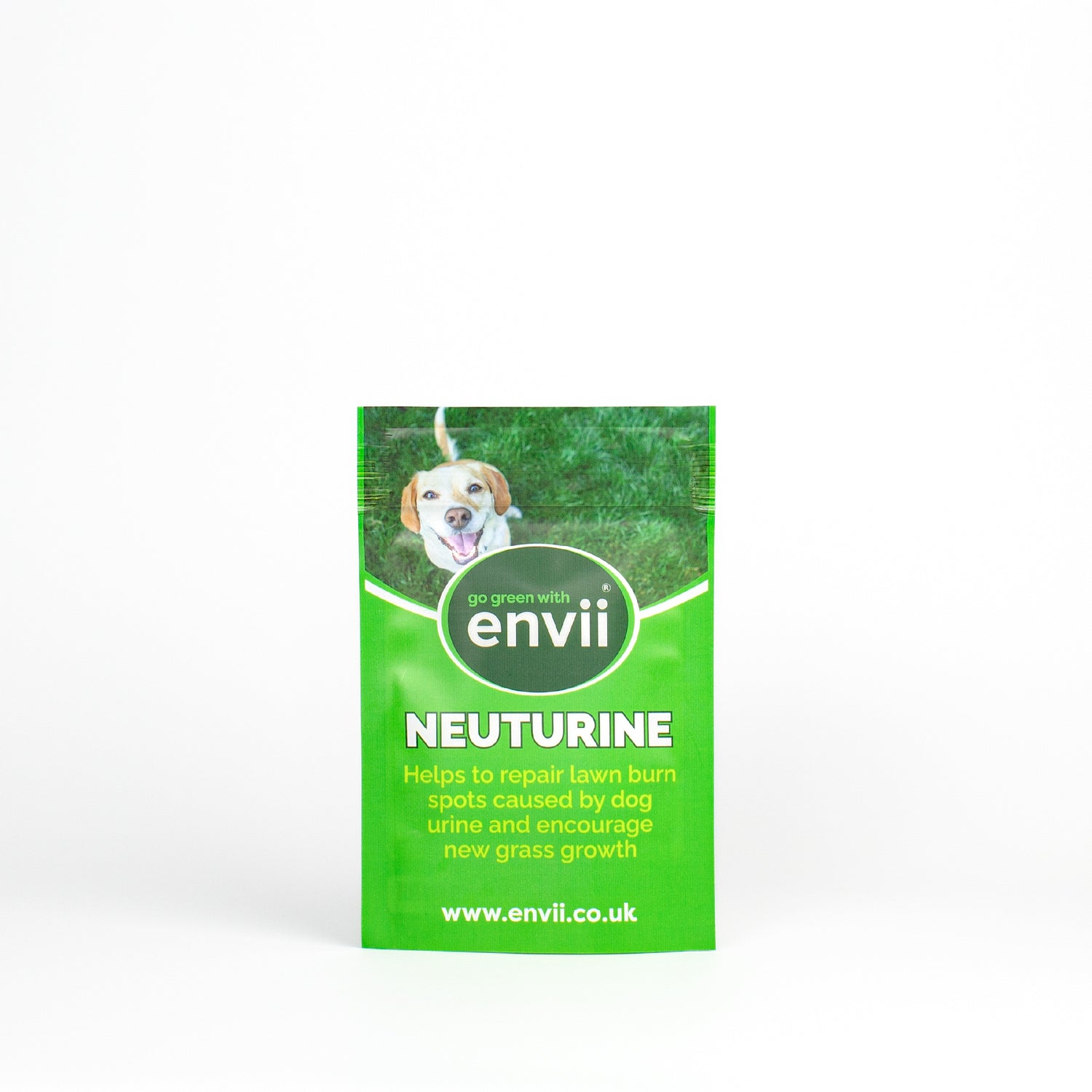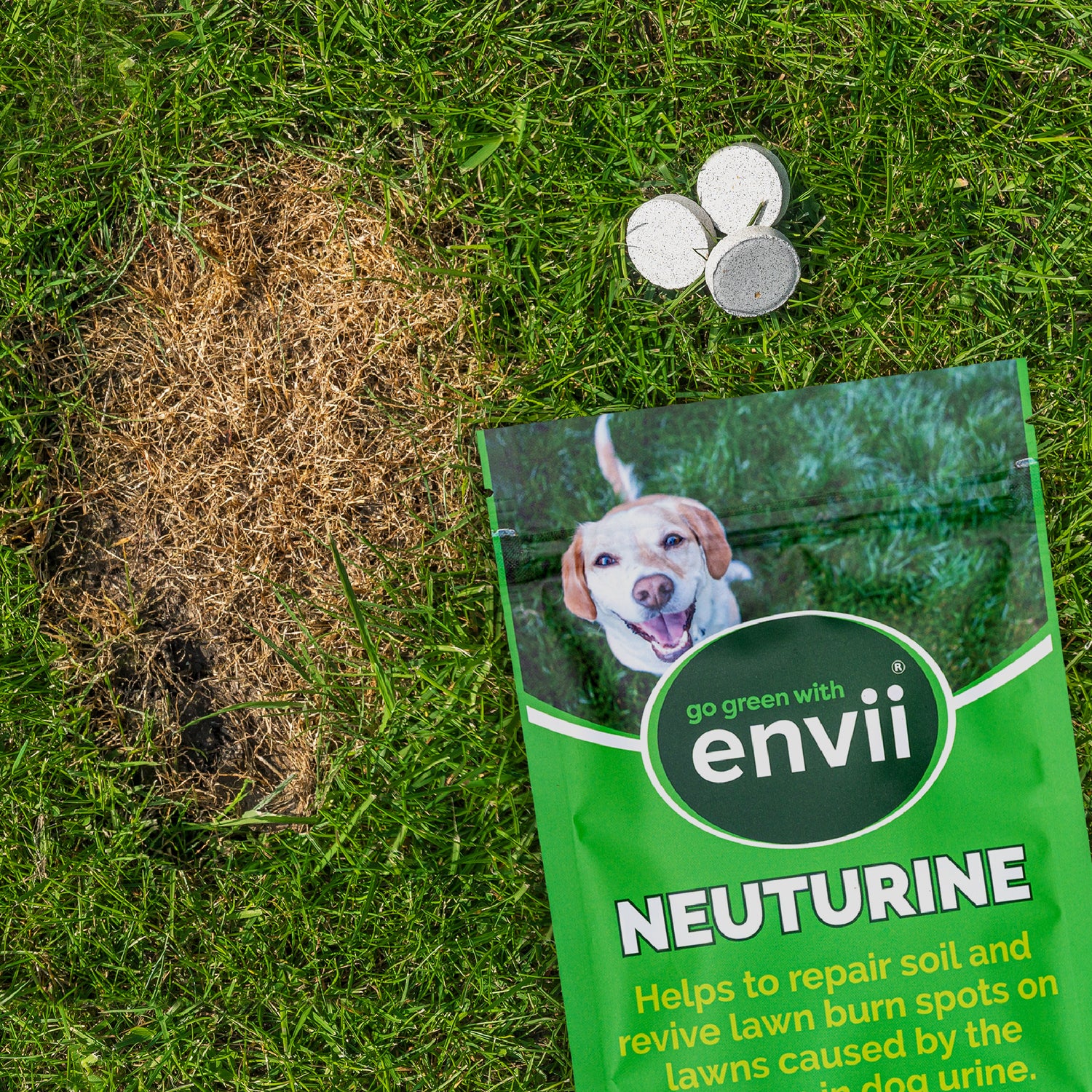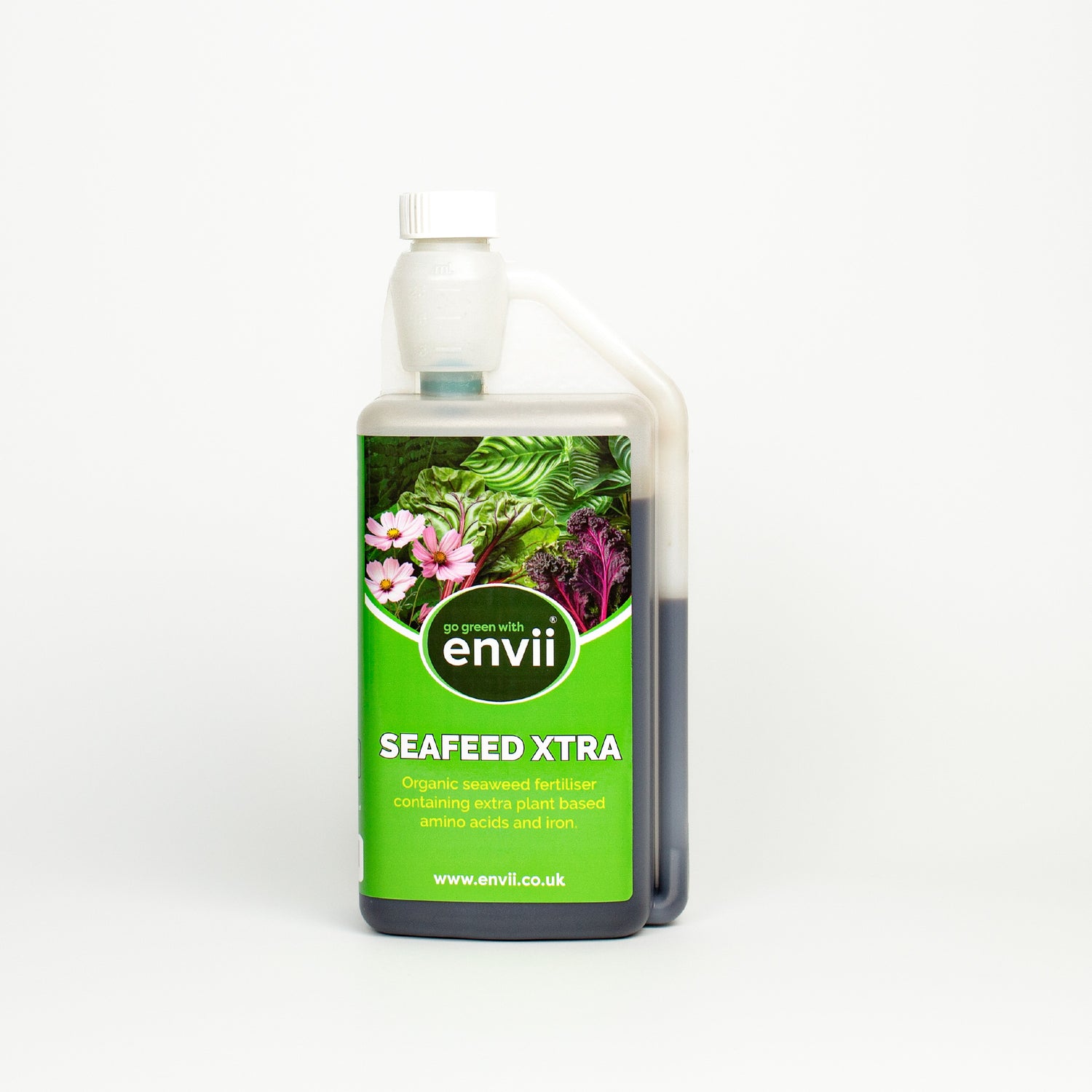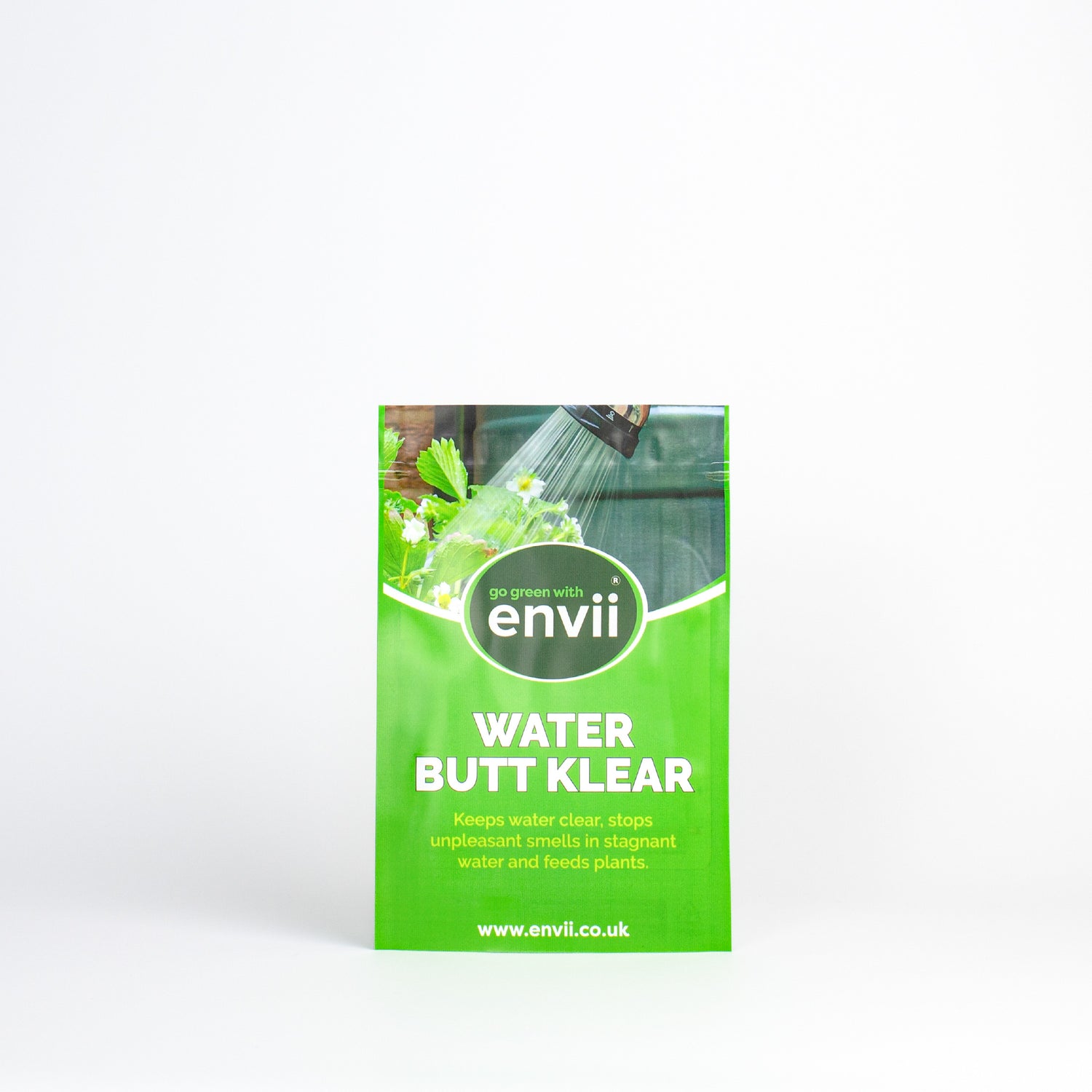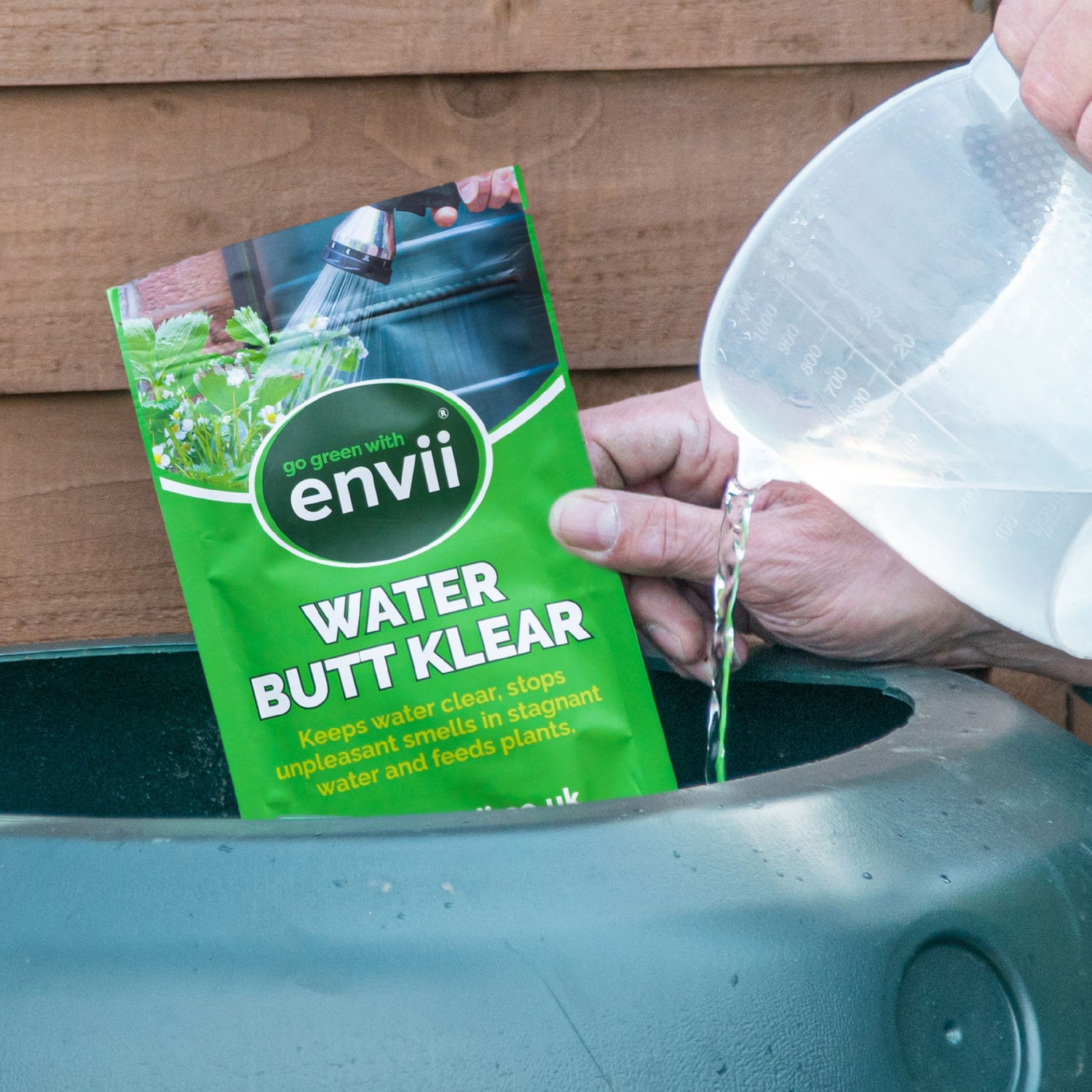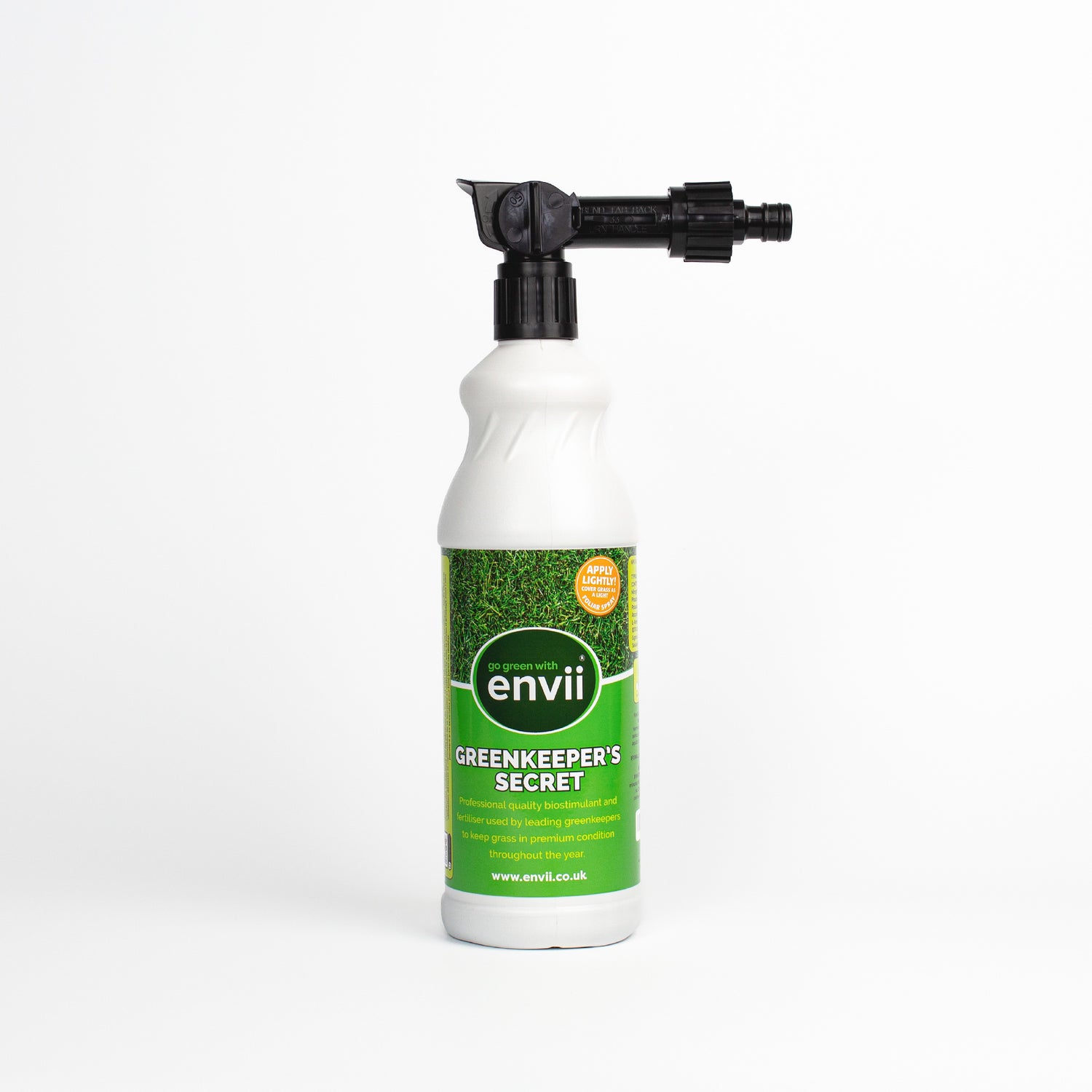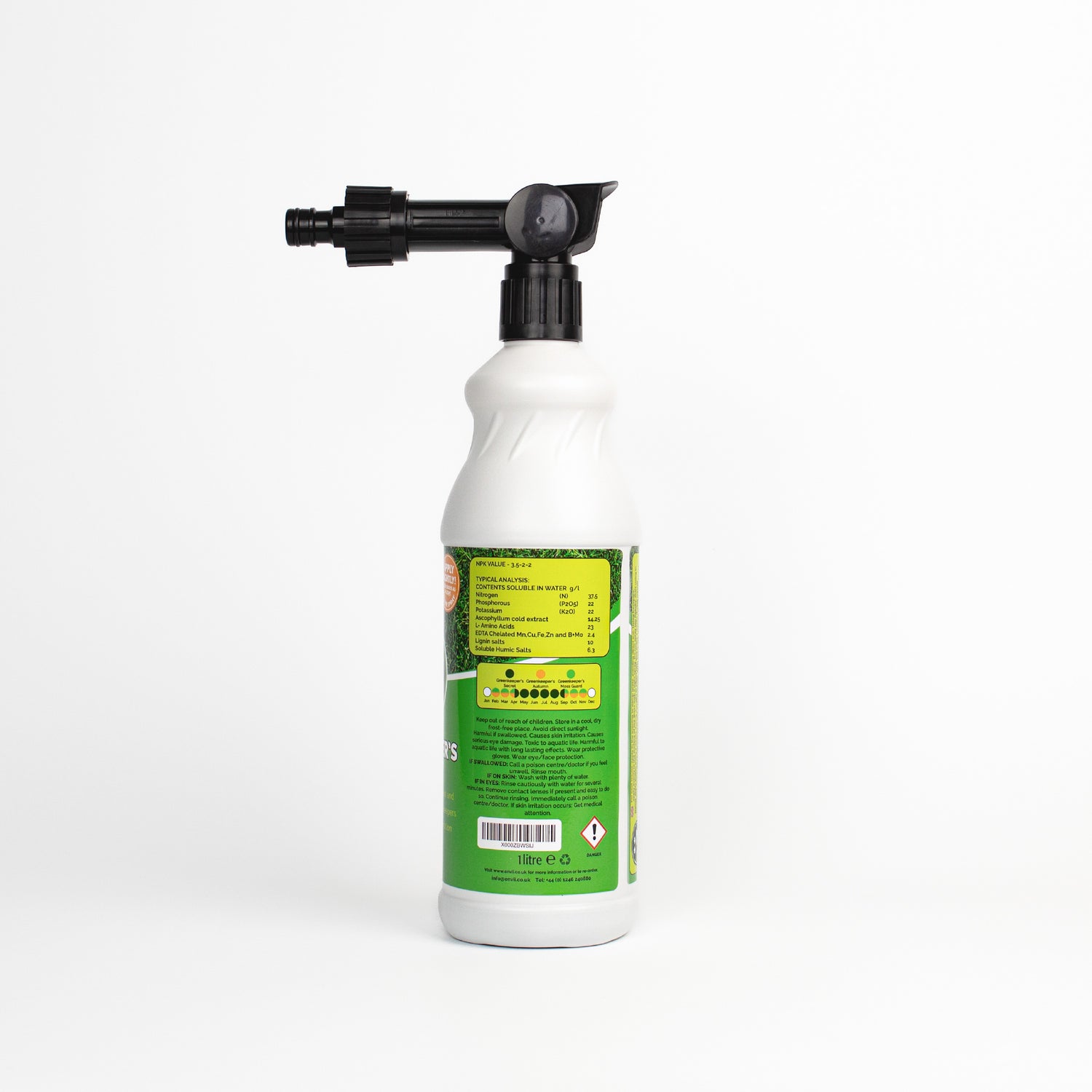If you’re ready to put the many volumes of rainwater that regularly drains away to good use, it’s time to invest in a water butt for your garden. Recycling a frequently available resource is an excellent way to lower your water usage and save you money – as well as helping you to play your part in conserving the environment.
However, before installing one, there are a few things to consider – within this blog, we explore all you need to know about water butts including how they work, their benefits, and also their risks.
So, keep reading to discover more!
What are water butts?
A water butt is a container of any size or shape that is used to collect rainwater from your roof and store it. These handy structures have many great benefits for your garden, as well as for yourself! We’ll explore their advantages and let you know where to get one from later in this article.
How does a water butt work?
Water butt systems are very simple additions to our drainage network that enable gardeners to use and recycle rainwater.
When it rains, water falls onto our roof and trickles into our gutters before flowing down a downpipe and into our drains. But, with a water butt, much of the water is channeled into a container rather than your drain through a diverter installed within your drainpipe.
When the container reaches capacity, the rain will continue to head straight into your drainage system, bypassing the rainwater diverter.
How to use a water butt
The stored water collected in a water butt can be used to water plants, rinse crops, top-up pond water levels, and even clean cars. To access the water, all you need to do is position your watering can beneath the container tap and release the water – it’s that simple!
Why have a water butt?
Water is a valuable resource, so collecting and storing rainwater is worthwhile and comes with many benefits, such as:
Convenience for allotment owners
For many gardeners, an allotment is a little slice of heaven. Unfortunately, the one thing heaven is missing is an outside tap and running water. A water butt provides a water source for allotment plants that’s easy to access and free to use.
A more plant-friendly option than tap water
Using collected rainwater to water gardens is often the preferred choice for gardeners as it’s more beneficial for their plants.
Tap water goes through a filtration and refining process to make it safe for human consumption. However, added chemicals such as chlorine, salts, and minerals aren’t so favourable for plants.
Rainwater has a slightly acidic pH which most plants prefer – plus, it also contains essential nitrates and other organic matter that feeds them and helps them to grow stronger.
Collecting water saves you money
Water butts are a cost-effective solution as rainwater is completely free, which helps to keep the water bills down.
If you’re on a water meter, using mains water to spray your plants and lawn is the last thing you want to be doing. On average, outdoor water can account for 7% of your total household water usage – in summer, this can be significantly more!
By investing in a water butt, the initial saving may not seem significant but over time, substantial savings can be made which is great news for your pocket!
Using rainwater is better for the environment
The UK often feels like one of the rainiest places on earth at times – even in summer! But, by utilising a water butt you can actually benefit from the bad weather in an environmentally friendly way – not to mention it can be a lifesaver during hosepipe bans when water resources are under pressure.
As mentioned previously, tap water is treated and pumped before it lands in your home – in fact, it takes a significant amount of energy to treat tap water which inadvertently impacts your own carbon footprint.
Using stored rainwater instead of mains water to water your plants, especially when collected in a water butt made from recycled plastic, is a great way to reduce your carbon footprint and support the environment.
The potential risks of water butts
As beneficial as water butts can be, there are some health risks that you should be aware of:
Mosquitoes
Mosquitoes are disease-carrying insects that can contaminate our stored water. Unfortunately, as they’re poor swimmers, these pests prefer stagnant water, which makes water butts the perfect breeding ground for them.
Thankfully, a securely fastened lid should help to keep them out and protect your collected water from insects like mosquitos.
Even if mosquitos do make their way into the water butt, all isn’t lost – you can mix a small amount of olive oil with water and spray over the top of the stagnant water. This will create a film over the rainwater and kill off the mosquito larvae, without harming your plants.
Legionella risk
A danger that comes with all stagnant water is Legionella. Legionella is a potentially deadly bacteria that multiplies in warm stagnant water, above 20℃.
Legionella is the bug responsible for Legionnaires’ disease – a severe form of pneumonia that causes inflammation of the lungs. This is particularly dangerous for the elderly or those with underlying health conditions.
Water butts in the summer can become hot and create the perfect breeding ground for legionella. Shockingly, Legionella Control reports that scientists at the UK government facility Porton Down tested 113 garden water butts for Legionella and found 95% contained the bacteria.
If water contaminated with legionella bacteria is sprayed and used to water vegetables, it can be easily inhaled and digested. Alarmingly, a hosepipe, for example, can release thousands of bacteria into each cubic meter of air.
So, how can you prevent legionella?
The best way to prevent legionella is to keep the water temperature below 20℃. If possible, install the water butt in the shade or use a reflective cover around the water butt to keep the heat out.
As a precaution, avoid using a hose or sprinkler. Instead, use a watering can to reduce the chances of inhaling bacteria if it’s present.
If you would like to find out more about Legionella in stagnant water, take a look at our Legionella bacteria in water butts blog.
Buying and installing a water butt
DIY stores or garden centres are the best places to find the right water butt as you can speak with professionals who know what you need.
When choosing a water butt, there are plenty of readily available options for you to pick from – the most common is the green plastic containers with black lids. However, various designs and shapes are available, including beehive-shaped, slimline, terracotta, stone, or even a double-up as a planter.
But, if you want to be super sustainable, there is the option to make your own water butt by reusing old plastic or wooden barrels. If you opt for a homemade water butt, you need to bear the following in mind:
– If you reuse a wooden barrel, you must line it with a pond liner or polythene to prevent the wood from rotting.
– Be sure to avoid containers previously used to store chemicals as they could seep into the water.
– Consider using a dark and opaque material as a transparent/light material is more likely to cause algae to grow.
What about fitting my water butt?
Your water butt system installation only requires a simple tweak to your roof drainage system and a container to hold water. Here’s how you install one:
– Select a downpipe to attach your water butt to and position the container beneath it.
– Raise your container off the ground – this way, you can fit a watering can underneath its tap. If the water butt doesn’t come with a stand, use bricks and stack them up to make a stable, solid base. You should also ensure that the butt is positioned away from trees to prevent debris from finding its way into the butt.
– Cut the downpipe 3cm below the height of the water butt using a hacksaw.
– Connect a rainwater diverter to the trimmed pipe end.
– Measure 8cm down from the peak of the water butt using a tape measure and drill a hole for the connector component – attach this component by pushing it through the hole.
– You can then secure the connector part to the diverter installed earlier using the fittings provided – if your water butt is homemade, you’ll need to invest in appropriate fittings.
Then, you’re ready to start your rainwater harvesting! That was easy, right?
Maintaining and cleaning your water butt
You need to keep your water butt clean to prevent algae and other water-borne dangers that can damage your plants.
We recommend emptying and cleaning your water butt annually, with autumn being the best time.
Clean the outside of the butt using a hose or jet washer to remove grime and stains.
For the inside, scrub the interior with a coarse brush to remove algae, sludge, and grime that build up around the sides. Avoid using cleaning products as these can leach into the water and contaminate your soil when watering plants. Instead, use warm water with a mild washing-up detergent, avoiding antibacterial detergents.
Additionally, you should be sure to keep the butt’s lid securely fastened at all times to stop debris or wildlife from entering – this will help to maintain your container and keep your water healthy for plants.
Use a stagnant water treatment
Stagnant water tends to turn green and smelly over time, especially in warm weather. But not to worry – you can transform this stew into clear and healthy water using a stagnant water treatment.
Water Butt Klear is a rainwater treatment that not only treats stored water but feeds your plants too!
Unlike typical water treatments, Water Butt Klear doesn’t contain sanitisers or disinfectants to kill the bacteria and eliminate smells as these chemicals can damage your soil biology and suppress plant growth.
Instead, an organic blend of beneficial bacteria clears and prevents green water, eliminates any nasty smells, and naturally cleans slime from the surfaces of water butts.
When used in gardens, the plant growth strains of bacteria in Water Butt Klear will feed plants and improve plant growth – making Water Butt Klear the ultimate 2-in-1 treatment.
Things to keep in mind…
Whilst we’re big advocates for using water butts, please keep in mind the following:
- Double-check your plants prefer rainwater before using your harvested water – for example, some crops, like cucumbers, actually prefer tap water!
- Only use collected water on established plants – don’t use it for seedlings because of the risk of fungal plant diseases.
- Use a watering can rather than a flexible hose to distribute the water as hosepipes can disperse harmful bacteria into the air.
- Do not use water butt water for sprinkler systems for the same reason above.
Ultimately, water butts are a fantastic way to recycle rainwater and better the health of your plants. If maintained and precautions are taken to prevent harmful bacteria from growing, these handy installations can help to revolutionise your garden care routine for the better.
Share
